A review of the effects on fish carcass composition, growth, feed utilization and health
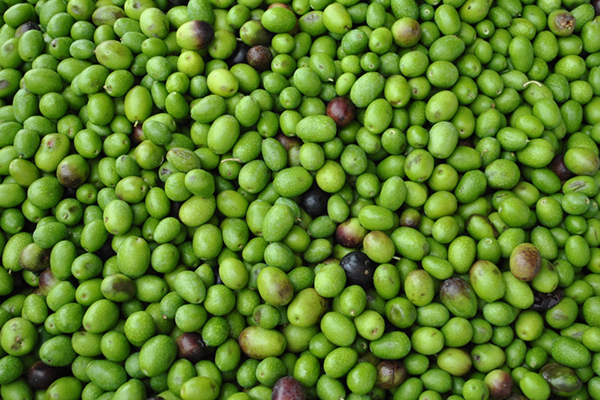
Globally, there is a search for alternative ingredients for aquafeeds and the aquafeed industry has been evaluating and incorporating several agriculture-based ingredients in fish feeds – such as soy, cotton seed, coconut, palm kernel and olive oil – to help support aquaculture growth. These are considered less expensive, more environmentally sustainable and nutritionally adequate relative to other animal-based sources; other plant protein sources from agriculture byproducts are also being considered.
Like other industries, the olive and olive oil industries produce large volumes of byproducts. For example, the production of olive oil generates 35 kg of solid waste and 44 liters of liquid waste per 100 kg of olives used. One of the solutions to fully utilized olive oil byproducts is as an ingredient in animal feeds, including aquafeeds. The inclusion of olive oil byproducts in fish feed was first reported in 2004 when they were incorporated in African catfish feed, and since then, several researchers have reported on the incorporation of olive oil byproducts in aquafeeds, especially by researchers from Mediterranean countries.
This article – adapted and summarized from the original publication (Hazreen-Nita, M.K. et al. 2022. Olive oil by-products in aquafeeds: Opportunities and challenges. Aquac. Reports Volume 22, February 2022, 100998) – examines the opportunities and challenges of using olive oil byproducts in the aquafeed industry, with a focus on the type and source of olive oil byproducts and the impacts of its inclusion in aquafeed on fish carcass composition, growth development, feed utilization, intestinal health and microbial diversity, immune response, antioxidative capacity and disease resistance.
Effects on carcass composition
For humans, fish is an important, inexpensive and healthy choice of protein and lipid sources in our daily diets. Per the Food and Agriculture Organization (FAO), fish and seafood products are the third major source of human dietary protein after cereal and milk. In animal science and food industries like aquaculture, carcass composition is an important aspect that not only helps understand the ecological, nutritional and physiological aspects of animals but also to determine suitable marketing strategies.
Circular economy: Hydrolysates of aquaculture byproducts as feed
One of the primary factors that influence fish carcass composition is the feed the animal consumes. The carcass composition of farmed fish is much stable and easier to be manipulated compared to wild fish since the former has received constant and stable food supply throughout the year compared to the latter, subjected to unstable changes in food abundance. By formulating and establishing feed with certain ingredients and nutrients, farmers can produce fish with desirable and better carcass composition to fulfill human consumption needs. Most available literature reports fish carcass composition by analyzing the proximate composition of the body or meat fillet mainly crude protein, lipid, ash and moisture.
Since 2004, several researchers – especially those in Mediterranean countries – have studied the potential of olive oil byproducts for inclusion in feeds for freshwater and marine fish species, including African catfish, tilapia, rainbow trout, red sea bream and gilthead sea bream. Most studies have reported on fatty acid (FA) composition compared to the carcass to muscle proximate analysis. Overall, olive oil byproducts have different effects on fish carcass composition depending on the type of byproducts and fish species. Among all olive oil byproducts, olive pomace [extracted from the olive pulp after the first press] has been shown to have the most impact on the FA amount in the fish species tested.
Feed utilization and growth performance
When oil is extracted from olives, a waste product called waste olive cake is produced. It is composed of olive pulp, skin, stones, and water. In addition, the olive pomace also has a high concentration of lipids, water-soluble carbohydrates, polyphenols and other metabolites. The moisture level and oil content are highly varied due to the extraction process that was used to obtain the oil and pomace. As compared to other oil cakes, raw olive pomace contains a low concentration of crude protein, with a large proportion of these proteins (80 to 90 percent) attached to the lignocellulose fraction [the main component and supporting tissue of plant cell walls].
Olive pomace has been widely utilized in the livestock and aquaculture industries, as an effective protein source for feed formulation, especially nowadays with the increased focus on cost reduction and value-added agro-industrial wastes. Several studies have been carried out by formulating diets with olive pomace and feeding it to tilapia species, showing that it can replace wheat meal without having any negative impacts on growth performance or feed evaluation. Some researchers have reported that utilizing olive pomace to replace wheat bran at up to a 25 percent level in tilapia diets has no adverse effect and does not compromise the growth performance of fish or efficiency of feed utilization. Other authors indicated a similar result when they determined that dietary olive pomace meal may replace wheat meal at 20 percent in tilapia juvenile diets without any harmful impacts on growth performance
In contrast, other scientists have reported that substituting wheat bran with olive byproducts at a level of more than 25 percent in tilapia diets considerably affected their growth performance as well as their efficiency in utilizing their feed. Because of the higher crude fiber content of olive waste, the addition of olive waste to tilapia diets resulted in higher overall crude fiber contents of the diets. This issue could be attributed to a combination of factors, including high dietary fiber content but also a deficiency in certain amino acids, specifically methionine, a possibly limiting amino acid in olive byproducts. Other studies have concluded that using olive pomace meal and olive waste oil in diets for marine fishes like seabass can negatively affect the feed performance. Overall, the inclusion of olive pomace meal and olive waste oil appears to be very species-specific in fish and requires more research.
Several studies have reported that the antioxidant content in olive oil extract can improve growth performances in various fish species, including sea bream, rainbow trout and common carp. Enhancements to growth rates are normally related to improvement in humoral, mucosal immune parameters and antioxidant enzymes activities. Researchers have reported that different results obtained from various studies on fish growth performance may be related to fish species, different concentrations of olive leaf extract, feed manufacturing, the diverse intestinal microbiota and morphology of fish, and experimental conditions. Table 1 includes recommended inclusion levels of olive oil and plant components.
Hazreen, Olive oil byproducts, Table 1
| Olive oil / plant part | Recommended inclusion level | Duration | Species | Effects |
|---|
Olive oil / plant part | Recommended inclusion level | Duration | Species | Effects |
|---|---|---|---|---|
| Olive oil | 0.05 | 2 months | Persian sturgeon | Lowest FCR and highest SGR, BWI, GR |
| Olive oil bioactive extract | 0.17% and 0.42% | 90 days | Gilthead sea bream | Enhanced fish growth primarily by improving the condition and defensive role of the intestine. |
| Olive leaf extract | 200 mg/kg of olive leaf | 75 days | Common carp | WG, SGR and PER values were significantly higher in groups fed the diet containing 200 mg/kg of olive leaf extract compared with control group |
| Olive leaf | 0.01 | 2 months | Nile tilapia | Olive leaf extract can be used to enhance the immunity, growth and health of fish |
| Olive leaf | 1 g/kg olive leaf extract | 60 days | Common carp | Improve fish immune parameters and survival rate |
| Olive leaf powder | 0.08 | 40 days | Red sea bream | Increased collagen content and myofibril protein content of the dorsal muscles |
| Olive leaf extract | 0.001 | 60 days | Rainbow trout | Enhance serum biochemical parameters, survival rate and immune gene expression |
| Olive oil extract | 0.1 to 0.5% | 8 weeks | Common carp | Improve fish intestinal health |
| Olive oil | Partial or total dietary replacement | 40 days | Young yellowtail | Prevents discoloration of dark muscle without affecting growth of young fish |
| Olive oil | Low level of olive oil inclusion | 10 weeks | Large yellow croaker | High levels decreased the growth performance and antioxidant capacity |
| Olive waste | 2.5 g Olive waste/kg | 6 weeks | Rainbow trout | Improved growth rate, feed utilization |
One limiting aspect to pay attention to is the presence of anti-nutritional factors (ANFs) present in plant-based ingredients for aquafeeds. More research is needed with olive byproducts for their increased use in aquafeeds, and evaluation of potentially negative effects. However, new technologies like solid-state fermentation (SSF) offer much promise in this regard for the processing of agro-industrial wastes, and these technologies could be applied to olives.
Intestinal health and microbial diversity
The gastrointestinal microbiota composition is vital for gut health and nutrient absorption in improving fish growth performance. Olive oil byproducts have been used as partial replacements of fish oil in aquafeeds because of their benefits on intestinal health and microbial diversity. Aquafeeds with olive oil byproducts or extra virgin olive oil have shown anti-inflammatory activity, and to lower the cholesterol content in fish intestinal tissue in comparison with fish oil. But the antimicrobial activity of olive oil byproducts has not been thoroughly tested against many fish pathogens. And the effects of olive oil byproducts on fish gut microbiota have not been studied sufficiently, as most research has been focused on fish growth performance and antioxidant activities.
The ability of olive extract biofilms to inhibit bacterial growth should be tested to investigate its potential in reducing population of pathogenic bacteria in fish digestive tracts. Olive oil byproducts have been reported to stimulate the growth of fish gut microbiota, including the production of the bacterium Lactobacillus acidophilus, a well-known and recognized probiotic and widely used to ferment dairy products.
Several previous studies have informed about increases in microbial diversity and improved composition, and anti-inflammatory properties of various olive oil byproducts. Olive oil byproducts can support fish immunity and have significant potential to be used as immunomodulators in fish. The fatty acids from refined olive pomace oil ̶ such as oleic, linoleic, stearic, palmitic, palmitoleic acids and other bioactive compounds ̶ are beneficial for immune modulation and could be used prophylactically against infections when added to fish diets.
Antioxidative capacity, immune response and disease resistance
Olive fruits, leaves and oil are significant sources of polyphenols that have beneficial antimicrobial, antioxidant, antifungal and antioxygenic characteristics. The concentration of polyphenol acid in olive oil byproducts is significantly more than that found in olive oil products: polyphenol acid levels in the byproducts is around 98 percent while in olive oil products it is around 2 percent.
Studies have shown that feeding these olive plant derivatives to Nile tilapia can improve the antioxidative capacity and immune-related genes in their bodies. Scientists have also reported that bioactive compounds from olive oil byproducts can enhance the intestinal mucosal immunity of gilthead sea bream. Also, the supplementation of olive oil byproducts in salmon feeds reduced inflammation due to diseases, extreme temperatures and pathogen loads. The high content of antioxidants in olive oil byproducts might contribute to the improvement of the fish immune status by reducing oxidative stress, known to reduce the efficiency of innate immune response in fish and to make farmed fish more susceptible to diseases.
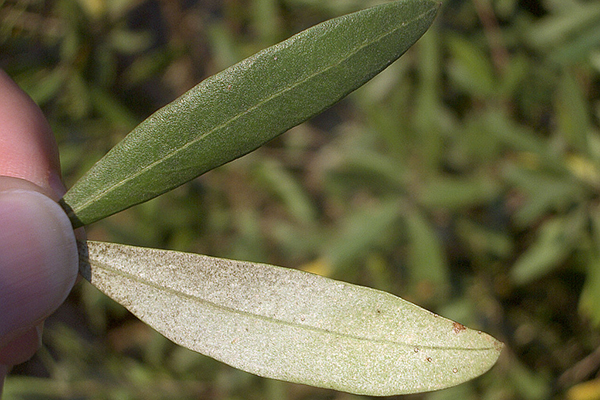
Recent research has shown that olive leaf extract (OLE) has significant potential as an immunostimulant agent for aquaculture uses, with the potential to strengthen the immune systems of commercial farmed fish against various diseases. For example, in a study with common carp juveniles fed diets supplemented with 0.1 percent OLE for 60 consecutive days, the fish showed enhanced immunity and resistance to infection by the pathogenic bacterium Edwardsiella tarda. Similar findings were reported by other scientists for the control of infection by the bacterium Yersinia ruckeri in rainbow trout. Other studies have reported that feed for Nile tilapia supplemented with 1 percent OLE can enhance their immune system and also improve fish growth rates. And in another study where powdered olive leaves were added to diets for red sea bream at 8 percent of feed weight, results showed that the fish had improved immune systems and also enhanced flesh texture quality, with significantly higher contents of muscle fibers and collagen compared to the fish control group.
Finally, in research with Pacific white shrimp (Litopenaeus vannamei), animals were fed an experimental diet supplemented with OLE for 7 consecutive days before being exposed to White Spot Syndrome Virus (WSSV). The shrimp fed the diet supplemented with 0.02 percent OLE had the highest survival rate at 65 percent in the study and showed that OLE can enhance crustacean immune systems.
Perspectives
Each of the several olive byproducts – olive cake, olive leaves and branches, or processing effluents – has some nutritional value. Olive byproducts are already utilized in aquaculture to some extent, and there is ongoing research for their expanded use as aquafeed ingredients for different fish species. However, these byproducts may have anti-nutritional factors that are not entirely suitable for fish, which may limit their use at high inclusion levels.
These byproducts can and should be employed more in aquafeeds. Olive byproducts have numerous antioxidants and antibacterial, antimicrobial and antifungal properties that researchers have shown can improve the intestinal health and immune response of fish. Olive byproducts have much potential as aquafeed ingredients, but more research is needed.
Now that you've reached the end of the article ...
… please consider supporting GSA’s mission to advance responsible seafood practices through education, advocacy and third-party assurances. The Advocate aims to document the evolution of responsible seafood practices and share the expansive knowledge of our vast network of contributors.
By becoming a Global Seafood Alliance member, you’re ensuring that all of the pre-competitive work we do through member benefits, resources and events can continue. Individual membership costs just $50 a year.
Not a GSA member? Join us.
Author
-
Dr. Mohd Khalid Hazreen-Nita
Corresponding author
Department of Agricultural Science, Faculty of Agro-Based Industry, Universiti Malaysia Kelantan, 17600 Jeli, Kelantan, Malaysia
Editor’s note: The original article has 12 co-authors.
Tagged With
Related Posts
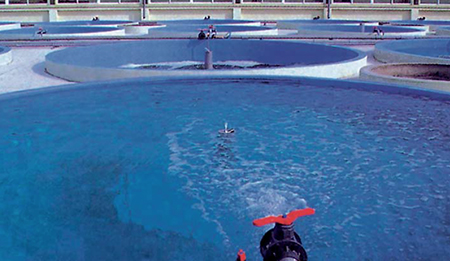
Aquafeeds
Control of dietary phosphorus in flounder culture
A feeding trial evaluated five dietary protein sources on growth performance and phosphorus-retention efficiency in olive flounders.
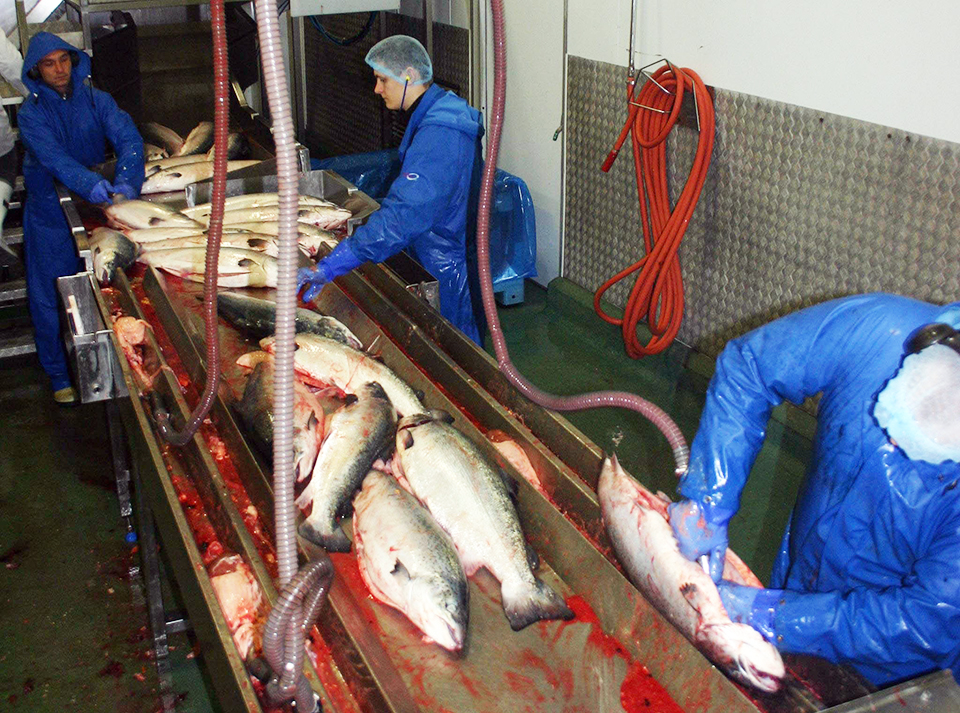
Responsibility
Aquaculture byproducts improve sustainability of seafood value chains
Tons of aquaculture byproducts are available as sources for fishmeal and fish oil to supplement the supplies obtained from fisheries. Innovative technologies are supporting more efficient use of these by-products in aquafeed.
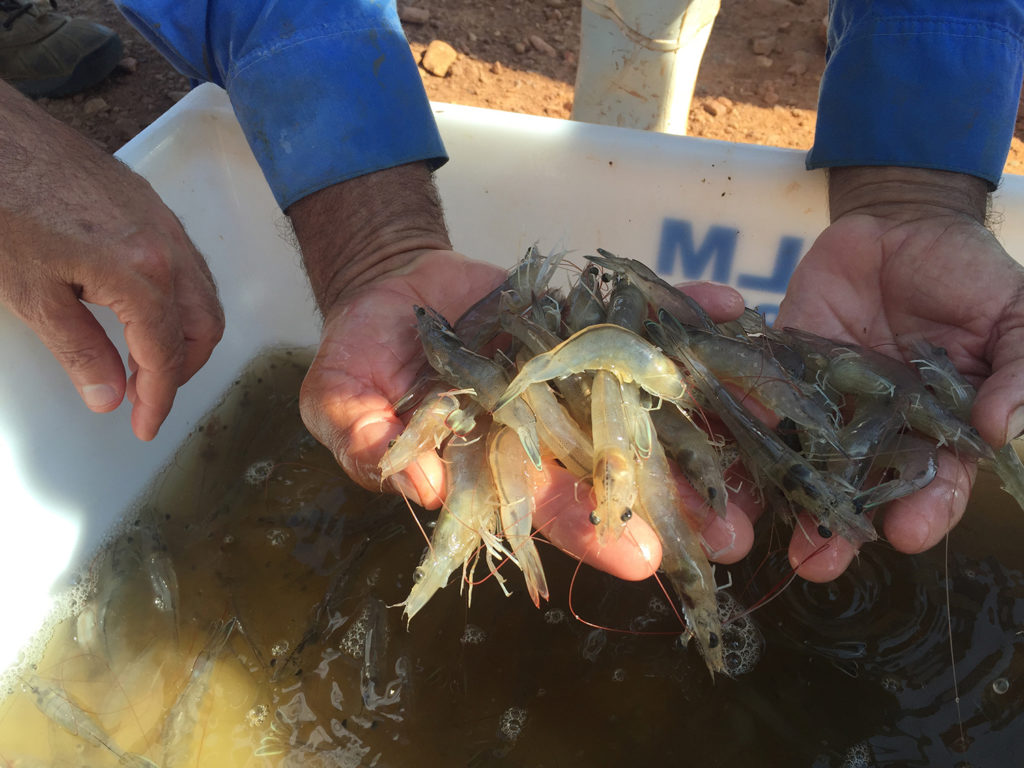
Aquafeeds
Aquafeed supplementation with crystalline amino acids
Authors present a practical review of modern formulation options including crystalline amino acids in fulfilling nutritional requirements in aquafeeds.
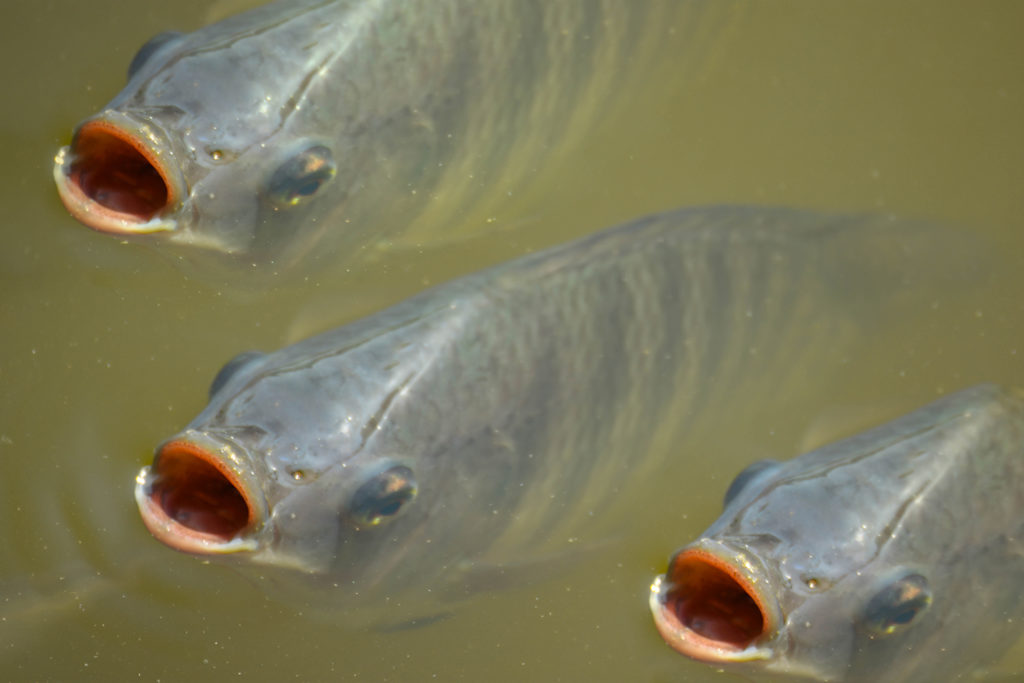
Aquafeeds
Fish nutrition will fuel aquaculture’s future
Dr. Monica Betancor, a lecturer at the University of Stirling, talks about the “intrinsic link” between fish nutrition and, ultimately, human health.



